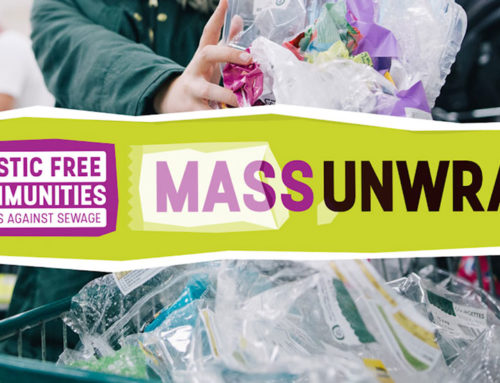EU ban on single-use plastics
According to the European Commission, more than 80% of marine litter is plastics. Single-use plastics such as waste from food and drink retailers constitute 70% of all marine litter items. Plastic takes a long time to decompose, meaning it accumulates in seas, oceans and on beaches. Plastic residue is found in marine life, such as sea turtles, seals, whales and birds, but also in fish and shellfish, and therefore has entered into the human food chain.
While plastics are convenient, they are a burden. Single-use plastics are especially a problem as they often end up in a landfill. It’s for this reason the EU has agreed to adopt a ban on single-use plastic items such as plates, cutlery, straws and cups by 2021; products that make up over 70% of marine litter.
MEPs added oxo-degradable plastics, such as bags or packaging and fast-food containers made of expanded polystyrene to this list of plastics banned from the EU market from 2021.

Reduction targets are also added
Some products, where no-alternative exists will have to be reduced by as much as 25% by 2025. This includes single-use burger boxes, sandwich boxes or food containers for fruits, vegetables, desserts or ice creams. This will mean that compostable or recyclable products would be preferred as well as those suitable for multiple use.
Other plastics, such as beverage bottles, will have to be collected separately and recycled at a rate of 90% by 2025.
Frédérique Ries, MEP for Belgium, said: “We have adopted the most ambitious legislation against single-use plastics. It is up to us now to stay the course in the upcoming negotiations with the Council, due to start as early as November. Today’s vote paves the way to a forthcoming and ambitious directive. It is essential in order to protect the marine environment and reduce the costs of environmental damage attributed to plastic pollution in Europe, estimated at 22 billion euros by 2030.”



